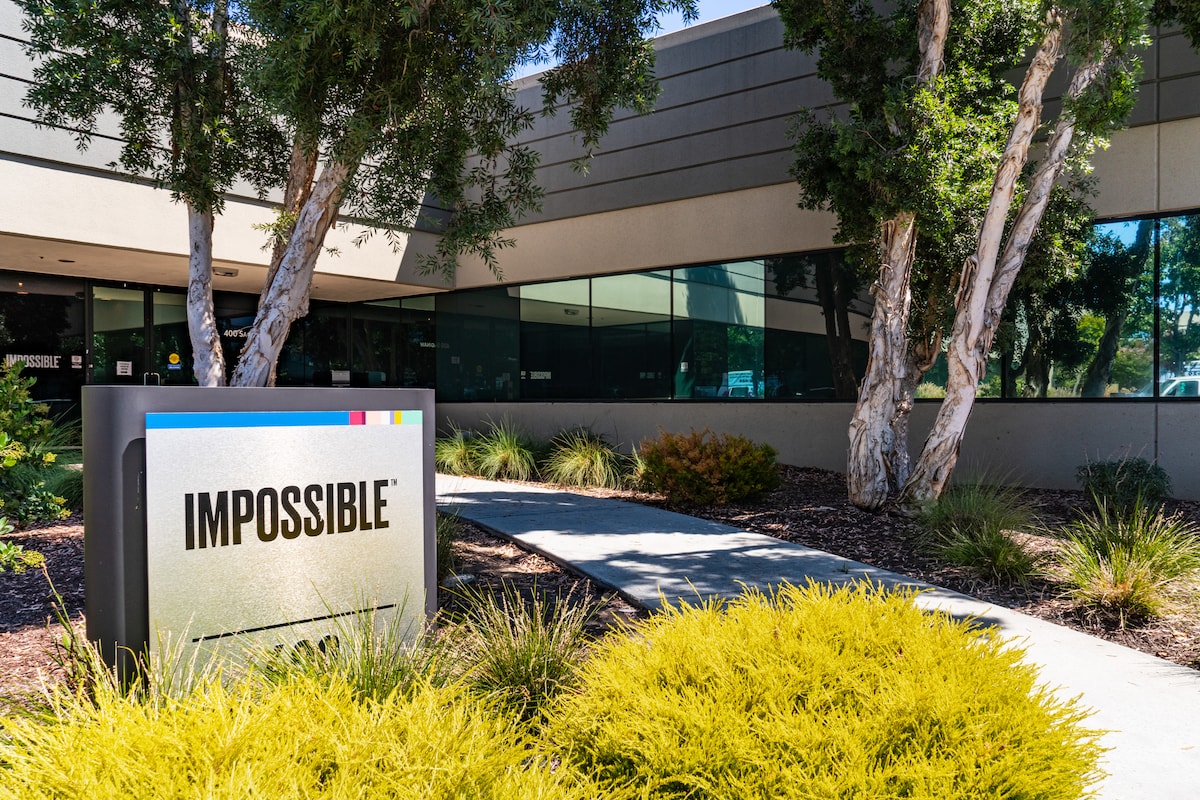Spotlight: Shaping the Future: The Meaning and Importance of DE&I

December 22, 2021 – Val Lopez, Ashley Schiele, Lisa Butkus and Mayank Parikh are partners with Hanold Associates HR & Diversity Executive, a boutique executive search firm focused on HR and diversity and inclusion officers. Its client list is diverse across industries, geographies and business scenarios, and culture is at the core of everything the firm does. Its clients include the National Football League, Zoom, Domino’s Pizza, Under Armour, Patagonia, Gucci, Tom Brady’s TB12, Kohler, REI, Live Nation Entertainment, Dick’s Sporting Goods, McDonald’s, Major League Baseball, Kellogg, Apollo, Big Ten Conference, Blackstone, Federal Reserve Bank of New York, Electronic Arts, Fiat-Chrysler, SC Johnson, eBay, Moderna, Hillrom, Great Place To Work, Fossil, Vail Resorts, AbbVie, Carnival Corp., Biogen, Allstate, Bridgestone, Wikimedia, ClubCorp, Nike, Abercrombie & Fitch, Robert F. Kennedy Human Rights and Ford Motor Co., among others. The recruiters recently joined
Hunt Scanlon Media to discuss the meaning and importance of diversity and inclusion as well as how HR leaders are helping shape the future for organizations!
What does diversity mean to your firm? What about equity and inclusion? How are they different?
Lopez: Diversity plays a critical role in how we operate both internally and externally as a firm. I’m proud to say we’re the most diverse top 50 retained search firm in the US and it shows in our team make-up—not only in our physical attributes and identities, but also in our diverse lived experiences, how we approach problem solving, and in our communication styles. All of these impact how we show up externally for our clients and candidates. It’s about building and cultivating relationships across a very diverse candidate market and being able to advocate for candidates because of an understanding of shared experiences. It’s ensuring that we’re presenting a diverse slate to our clients and mitigating any biased thoughts and decisions in the hiring process. We understand that equity and equality are not the same. In essence the end goal is the same: for everyone to be treated fairly and given an equal chance. But equity is acknowledging that not everyone has the same “starting line” despite having the same “finish line” as their peers. Each person has different circumstances and for someone to have a fair chance at success, leaders have to understand and address those individual needs/wants for them to be successful in the workplace. This applies to us as a firm and how we consult our clients. Inclusion is embracing and celebrating our differences, as well as our common interests. It’s specifically making an effort to include people in underrepresented groups across the organization. Inclusion can look like fostering a sense of belonging at work, offering education and awareness on foundational DEI concepts and implementing consistent employee recognition.
Schiele: At Hanold, diversity is more than just representation or checking a box; it is foundational to how we attract talent, both internally and externally. We truly believe that great talent can come from anywhere and we hold our firm to a higher standard when recruiting for our clients as well as our internal team. In addition to gender and ethnic diversity, we pride ourselves on diversity of thought and diversity of background. By approaching diversity multidimensionally, we see better (and faster) results and outcomes for our clients. Inclusion is woven into the fabric of the firm, in that our colleagues feel they can show up to work as their true, authentic selves without fear of retribution or judgement. We intentionally cultivate psychological safety and as a result, we are constantly striving to achieve and maintain an overall sense of belonging in our culture. For us, equity means fair and equitable processes and programs regardless of differences. It means adapting resources and building processes to best suit EVERYONE’S needs, not just the majority. Equity and inclusion are different in that inclusion is more behavioral-based whereas equity tends to be more structural but they are different sides of the same coin.
Discuss the lack of diversity at the C-suite level. Why is it persistent and what is being done to add more balance?
Lopez: The lack of diversity can be attributed to organizations not being ready for change. This is manifested in a variety of ways, including not changing the selection criteria for a C-suite role that’s been in place for decades and assuming success and talent equates to meeting a “checkbox.” It can be attributed to organizations not fully supporting new ideas and leadership styles that come with having diversity on a leadership team. Some may have diversity in C-suite, but how sustainable is that? Are new leaders coming into a C-suite micro-culture of inclusion and belonging? If not, diversity in leadership will be short-lived. By expanding the selection criteria for C-suite positions to include lived experience, technical expertise and functional knowledge, and searching outside traditional networks, organizations will open up their pipeline to diverse talent that wouldn’t have been found operating under the traditional selection process. Organizations should also be on top of formalizing succession planning and upskilling talent that can bring a diverse perspective, skills and experiences to leadership teams.
How has the resulting move to remote and hybrid work affected HR executives’ jobs?
Butkus: HR leaders are being tasked with guiding executives and organizations on how to continue to engage and develop employees in a more dispersed environment. Additionally, as companies have continued to hire during the pandemic, HR leaders have had to develop different ways of onboarding to make sure new hires are acclimated into the culture, without the benefits of in-person interaction and office collaboration. The future of work is one of the most pressing topics for CHROs in this current climate!
What role is HR playing in the transition and transformation of the workplace due to the pandemic?
Parikh: In one of the most competitive talent landscapes in recent memory, HR and talent leaders have had to carefully balance the need to stay competitive for top talent with the unique nuances of their business strategy and their culture. Business-oriented HR leaders are amongst the best equipped to straddle those competing priorities and ensure that new working modalities fit within their organization’s goals and values.
What makes the best HR leaders?
Parikh: The best HR leaders are those that embrace the challenge that comes with that process and as they roll out flexibility around remote and hybrid work, they’re also relentless evolving their own diversity, talent management, succession planning and talent acquisition strategies to ensure that those processes are still validated and reasonable in new circumstances. Now more than ever, HR really has the opportunity to lead that conversation and ensure that the transformation they’re undergoing to compete for talent also makes their organization more fair, consistent and equitable.












